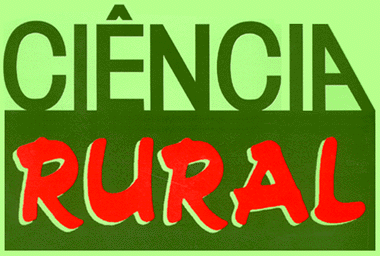ABSTRACT:
The biomass pyrolysis process may be an alternative for the agricultural use of sewage sludge. This study aimed to evaluate the use of of biochars from mixture of sewage sludge and sugarcane bagasse (BB, 1:1 relationship sewage sludge and sugarcane bagasse) on sugar beet (Beta vulgaris L.) production and nutrition. A greenhouse experiment was conducted with five application rates of BB: 0, 2.5, 5, 7.5, and 10% (v/v), and two additional treatments, biochar from sewage sludge (BS, application rate 5% (v/v)) and conventional treatment (CV) that received lime and mineral fertilizer. The treated soils were incubated for 45 days, after which, seedlings were cultivated for 55 days. Biochar produce from sewage sludge and sugarcane bagasse is an alternative technology to reduce the potential for contamination of sewage sludge and to incorporate more stable carbon forms in the soil. Although, biochar has increased soil fertility, fine roots and nutrient uptake efficiency by sugar beet plants, total dry matter yield was significantly lower than that obtained in conventional treatment.
Key words:
Beta vulgaris L.; trace elements; pyrolysis; fine roots.

 Thumbnail
Thumbnail
 Thumbnail
Thumbnail

